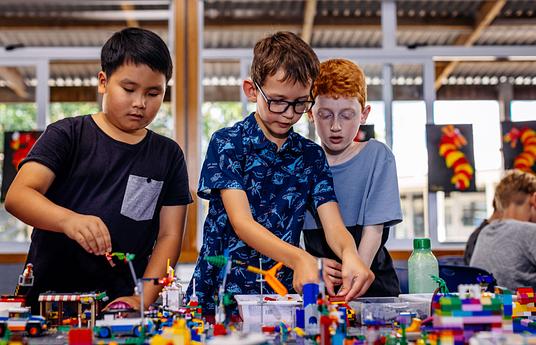Inclusive instruction aims to create a feeling of belonging, a community in which all students are equal despite the needs they have and the support they receive.
The aim is to ensure support for every student within their group. This is a model in which students share their school day and belong to the same group. In inclusive teaching, all students work in the same group while taking advantage of different ways to utilize school spaces and classroom layouts.
The inclusive instruction model can be implemented with co-teaching, which benefits students and teachers as well as the quality of teaching. The aim is to get all kinds of students to work together under the guidance of a grade teacher and a special education teacher.
The inclusion model requires more from the school building than a traditional way of teaching does. The school’s classrooms have to make it possible to differentiate instruction and divide spaces flexibly. Spaces that are separate yet connected to each other are most useful. Be creative with how you use your school building: in addition to classrooms, you could use the hallways, the school yard, meeting rooms and the assembly hall as learning environments.
In inclusive instruction, the main criteria of forming student groups are group dynamics and the group’s ability to work together. Classroom and teaching practices are chosen based on the situation. This model could also be used with a syllabus based on courses and periods: groups can then be altered regularly to promote better collaboration.
Inclusive instruction can be implemented in many different ways. The following steps describe examples of how classes can be organized. They are based on the inclusive teaching practices used at the Pasila comprehensive school since 2009 and the training material provided by the Niilo Mäki Institute.
Try out the following experiments to find the methods that best suit your class!



